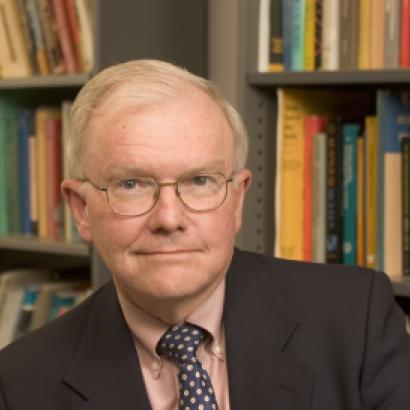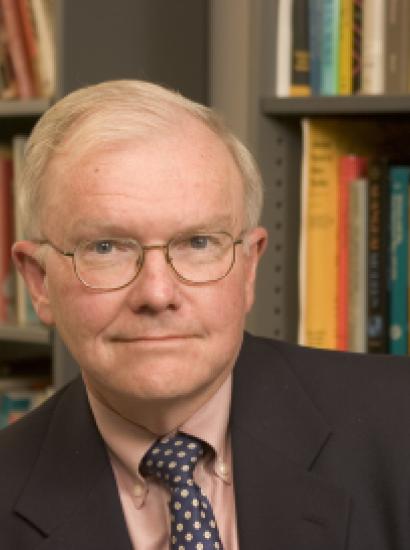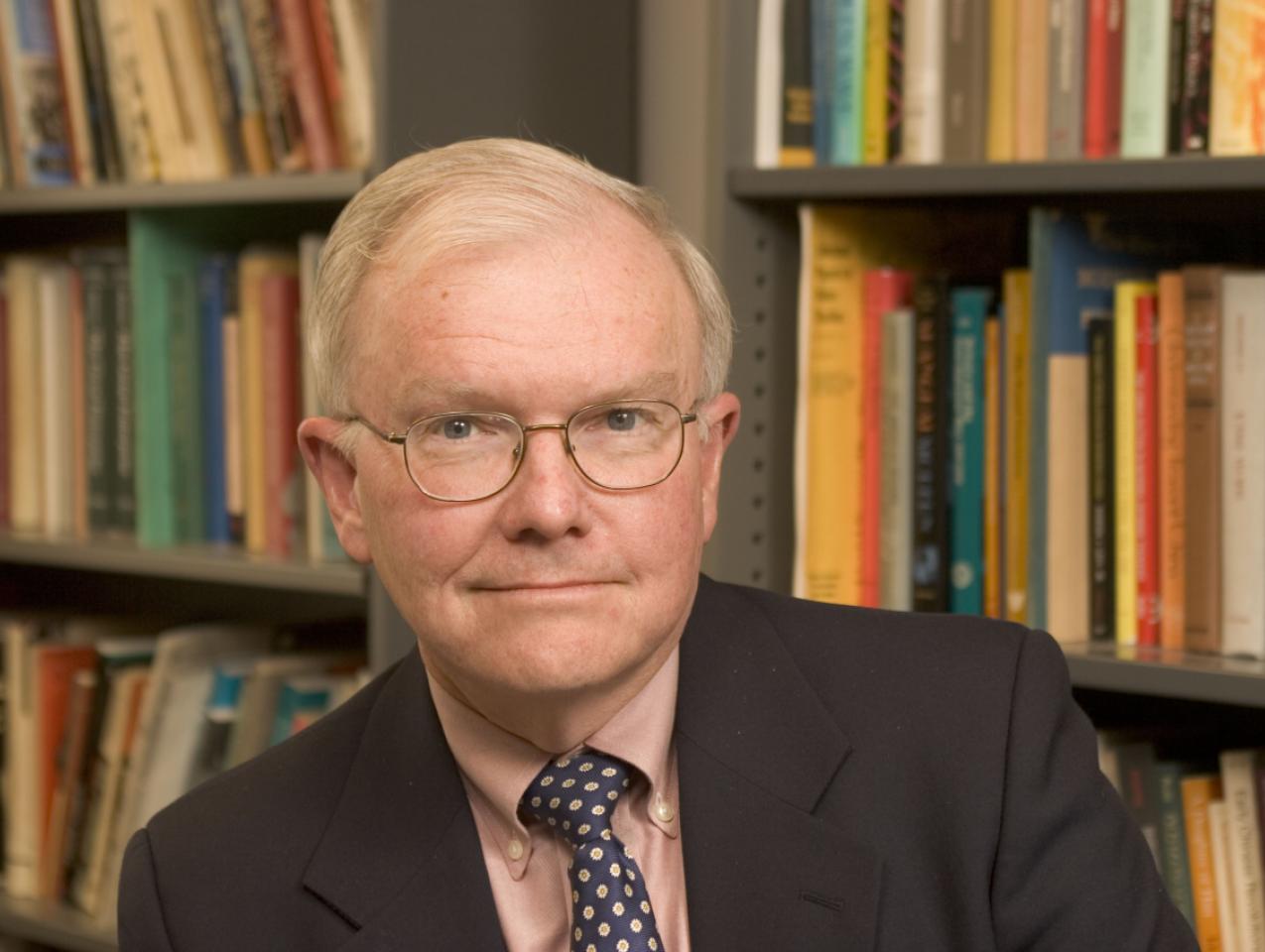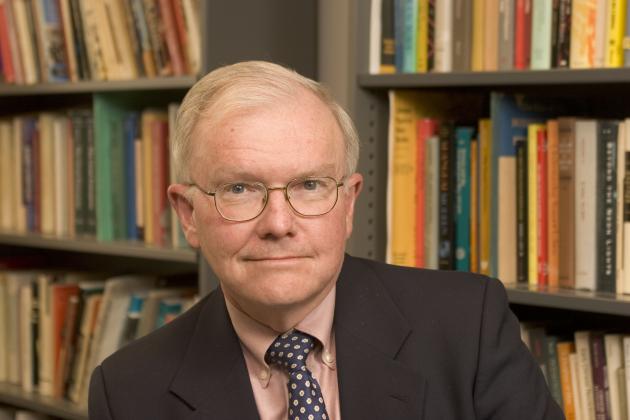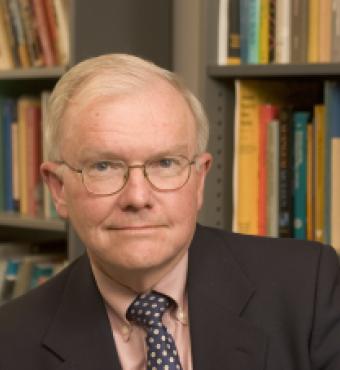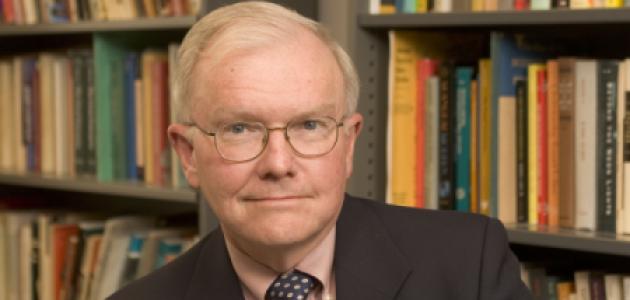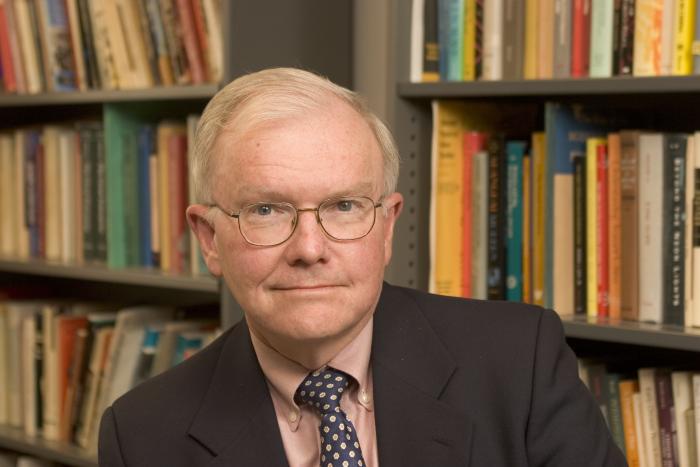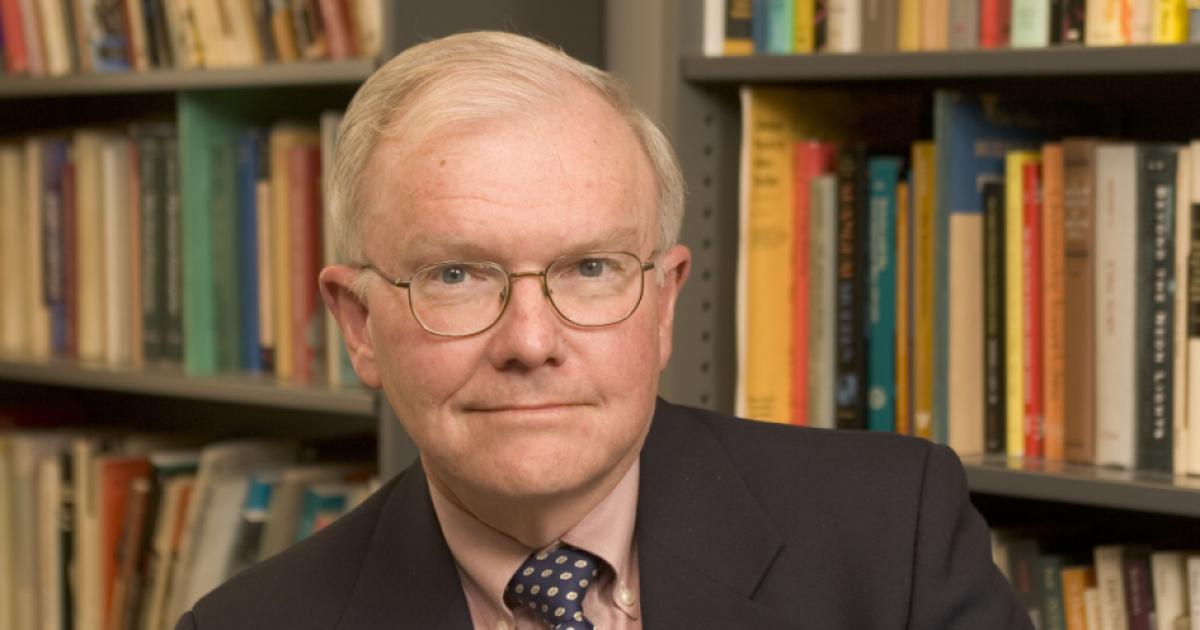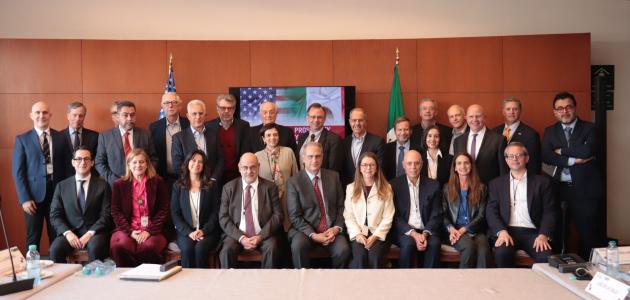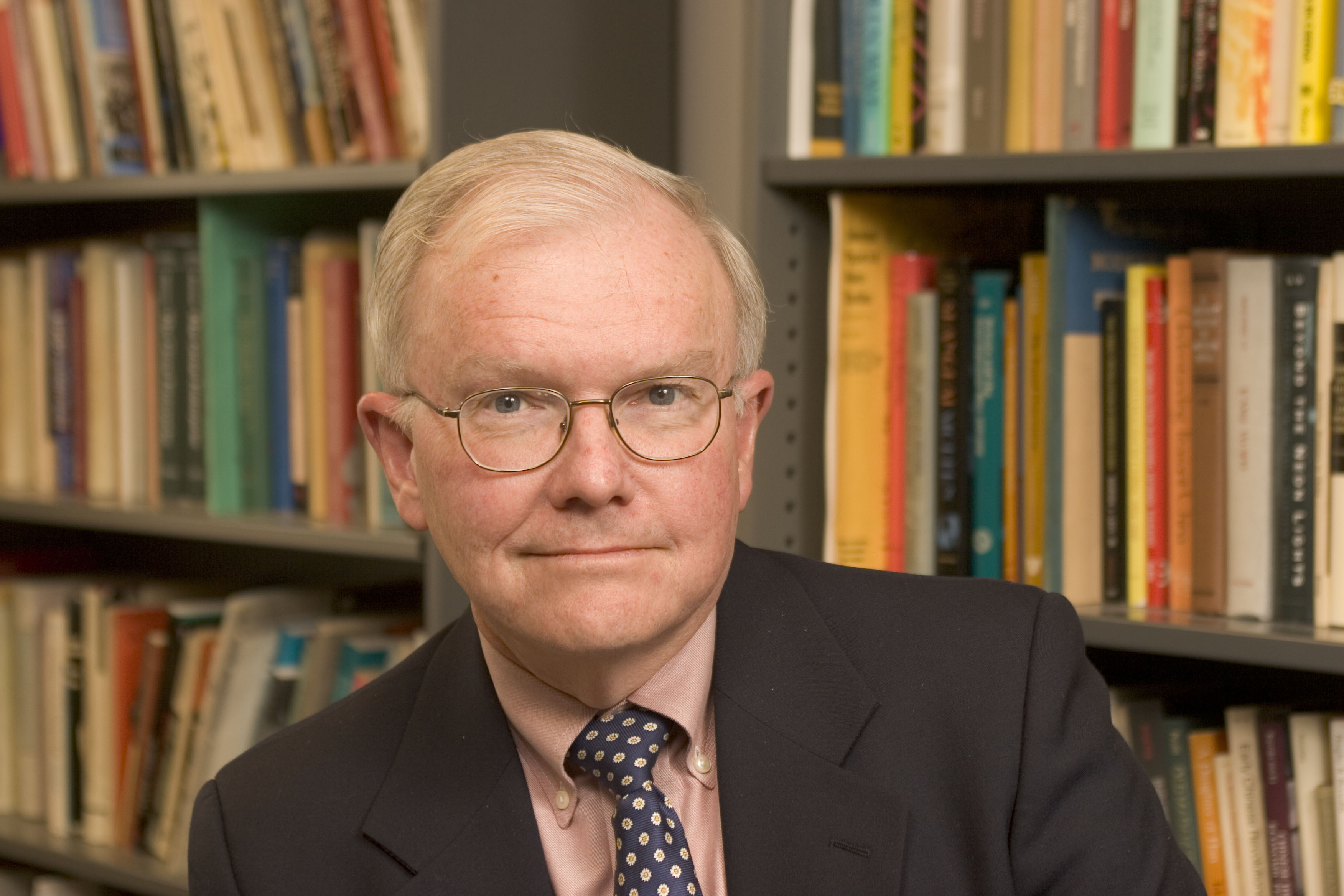
By Parks M. Coble, University of Nebraska
In 1943 Chiang Kai-shek was one of the “Big Four” allied leaders, meeting with FDR and Churchill in Cairo. Yet only six years later, Chiang had suffered an ignominious defeat at the hands of his arch enemies, the Chinese Communists, and fled to the island of Taiwan. How did Chiang fall so far so fast? Such a question has many answers but it has long been recognized that hyperinflation—the collapse in value of the Chinese currency—was a fundamental factor. Facing huge deficits during the war years (from 1937 to 1949), the Nationalist Government simply printed money with predictable results. Arthur Young, a financial advisor to the Nationalist Government during this period (and whose papers are housed in the Hoover Archives) calculated the market price rate from a base of 1 on the eve of the war in 1937 to a staggering 2,647 in August 1945. Peace brought a very temporary halt to the process as hoarders unloaded commodities. But by October 1945 the process revived. In July of 1948 when the government finally abandoned the currency, the price index had reached a staggering 2,877,000—a complete collapse of the value of the Chinese yuan and a key factor in Chiang Kai-shek’s failure.
Could anything have been done to prevent this catastrophe? What policies did government officials adopt and why? I am in the beginning process of a new study of this issue which will focus on 1944-1949--the last two years of World War II in Asia and the Chinese Civil War era. I am deeply grateful to the Hoover Institution for providing me with a research grant which allowed me to be a visiting fellow at Hoover for two weeks in June 2016. The Hoover Archives have become internationally known for their strong holdings on China, particularly Republican China (1911-1949) and Taiwan. Indeed, the Chiang Kai-shek diaries have become virtually a tourist stop for students from China. But since access to the Number Two Historical Archives in Nanjing, the most important source of Republican documents in China, has been problematic at best in recent years, many scholars from China and elsewhere make Hoover their first stop. The online catalogue allows the researcher to arrive knowing what collections are of greatest value. Any restrictions on access required by the donor are clearly stated.
During the entire period of Chiang Kai-shek’s leadership on the mainland (1927-1949) two men were key to China’s financial policy occupying virtually all financial and banking posts, often several simultaneously. T. V. Soong (Song Ziwen) was Madame Chiang Kai-shek’s brother and H. H. Kung (Kong Xiangxi) was married to her older sister. Both were American-educated—Soong at Harvard and Columbia, Kung at Oberlin and Yale. The primary goal of my trip was to use their archival collections. The Kung papers are a relatively new addition to Hoover. Unfortunately the documents were stored under poor conditions and suffered extensive mildew and mold. Thus far only 51 of 103 boxes have been made available on microfilm only. The Soong papers have been in the collection much longer although extensive portions were originally closed. Fudan University in Shanghai and the Hoover Institution have actually published several volumes of bilingual editions of documents from the collection including Soong’s wartime telegrams to and from Chiang Kai-shek and his minutes of negotiations with Stalin in 1945. I had consulted these earlier. However with 80 reels of microfilm in the collection, I found much new material. Arthur Young, who was a major financial adviser to China and who worked with both men, served there from 1929 to 1947. His collection comprises 119 manuscript boxes.
My new project brings my academic research full circle. My dissertation examined financial policies of the Chiang government in the decade before the war with Japan began in 1937. Completed in 1975 and later published as The Shanghai Capitalists and the Nationalist Government in China, it focused on the same two men. But how different things were then. In 1975 Mao was still alive, Chinese academics had not recovered from the Cultural Revolution, and one could not imagine working in a Chinese archive or even having meaningful contact with a Chinese scholar. But the other major difference was in the subject being studied. In the pre-war period Soong and Kung (and most Chinese) were optimistic. Currency reform was successful; China began to develop its own industries and banks. Urban Chinese, at least, seemed to think that China was at last making progress. All of that was dashed by the Japanese invasion. The situation I am now studying is totally different. China had suffered millions of casualties in the war; its cities lay in ruins, its railways idle. The almost daily increase in prices shadowed all of the efforts by Kung and Soong to bring economic recovery. The Chinese yuan became a runaway train clearly headed for disaster but no one seemed to be able to stop the process.
One of the pleasures of archival research (as opposed to more narrow digital searches) is that one encounters the unexpected as you plow through documents. By far the most unexpected discovery in my recent trip to the archives was to encounter my own name. T. V. Soong left China in 1949 and moved to the United States. The Communists had labeled him a “bureaucratic capitalist” who had stolen millions from China. These reports were picked up by the writer Sterling Seagrave in his book, The Soong Dynasty (Harper and Row, 1985) who suggested Soong was one of the richest men in the world. These charges infuriated the Soong family and his associates, including William Youngman who had long worked with Soong and was executor of his estate. In a letter of January 22, 1984, to Soong’s daughter and her husband, Laurette and Ivan Feng, he berated Seagrave and praised my book, The Shanghai Capitalists and the Nationalist Government, as giving a much more nuanced and positive picture of Soong’s role in pre-war China. [William S. Youngman papers, box 1, folder “Laurette and Ivan Feng” Hoover Institution Archives]. He urged them and the rest of the Soong family to read it. As an academic publishing with a university press one assumes a very modest audience—other scholars in your particular field, a few graduate students and advanced undergraduates, and (possibly) colleagues on the promotion and tenure committee of your college. It was thus both surprising and gratifying to discover that might work had actually reached with the Soong family circle.
Once again I would like to thank the Hoover Institution for its support of my research. I have made a solid beginning on this project. Unfortunately I did not complete the Soong files and got through only about one-third of the Arthur Young materials. There are many other collections I need to consult, including the Chang Kia-ngau papers (a key banker and financial official). I might even queue up for the Chiang Kai-shek diaries. So a return visit to the Hoover Archives is in the future.




